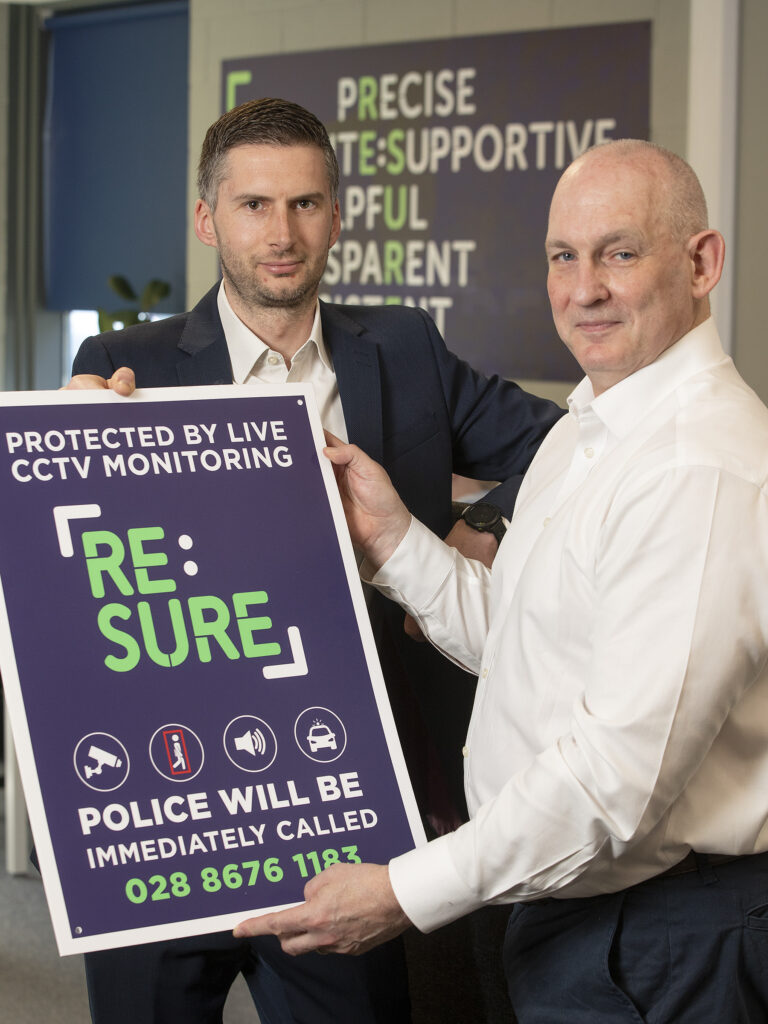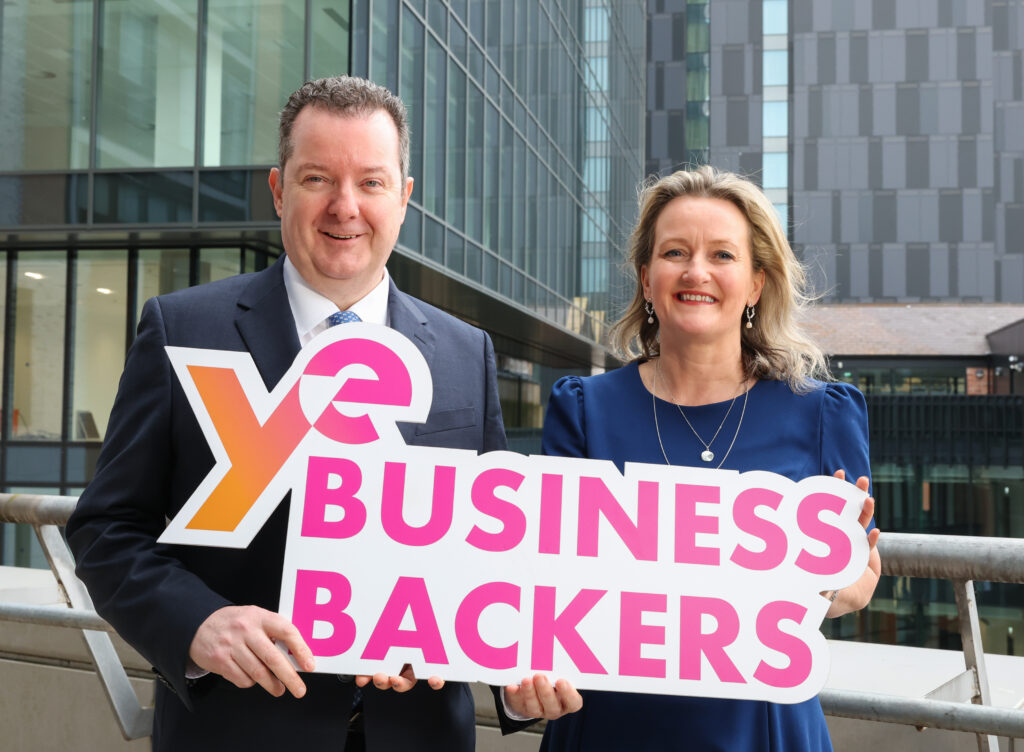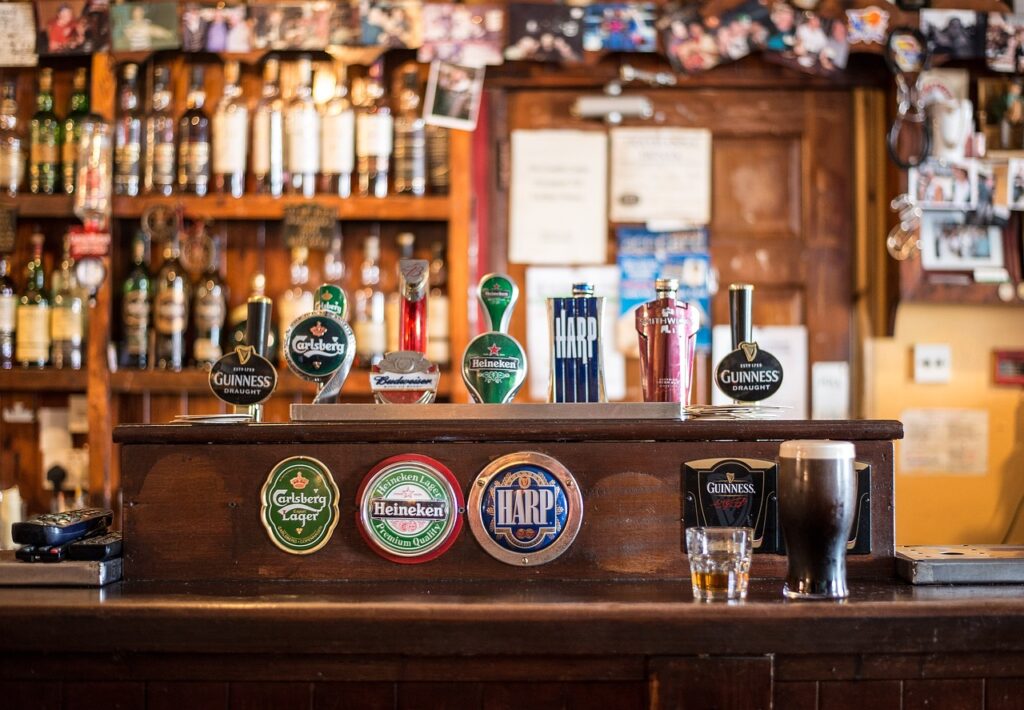The NI commercial property market remained subdued overall through the first quarter of the year according to the latest Royal Institution of Chartered Surveyors (RICS) Commercial Property Monitor with challenges in the retail and office sector still apparent. However, the outlook for the industrial sector remains strong despite some easing back in current demand.
Taking a look at overall occupier demand, a net balance of -9% of surveyors in Northern Ireland said that demand fell. In terms of the subsectors, both office and retail space continued to see occupier demand easing back with net balances of -10% and -18% respectively. Occupier demand for industrial space was seen to be flat in Q1, following on from 15 successive quarters of strong growth.
On the investor demand side, a net balance of -12% of NI respondents reported a fall in investment enquiries, the third consecutive quarter that this balance has been in negative territory. Similar to the trend in occupier demand, investor demand for both office and retail space was reported to have declined with net balances of -27% and -18% respectively. Investor demand for industrial space continued to rise, though, albeit at a slower rate than seen previously, with a net balance of +9% in the latest quarter.
Looking ahead, overall, surveyors in NI are less optimistic about capital values. A net balance of -15% of surveyors expect all-sector capital values to fall through the next quarter. A net balance of -45% of NI respondents anticipate that capital values for office space will fall over the next three months, and a net balance of 18% of surveyors expect a rise for industrial space. With regard to retail space, a net balance of -18% of NI surveyors anticipate three-month capital values to fall, however at the slowest rate since 2018.
On 12-month capital value expectations, again, local surveyors expect retail and office values to ease back, whilst expectations for values in the industrial sectors strengthened, with a net balance of +23% expecting an increase in the next 12 months.
Looking at rental expectations for the next three months, a net balance of -4% of NI surveyors expect rents to fall at all-sector level. Rents in both the office and retail sub-sectors are anticipated to fall through the next quarter (net balances of -9% and -30% respectively). With regard to industrial space, rents in this sector are expected to rise, with a net balance of 27% expecting them to edge upwards through the next quarter. And it is a similar trend on the 12-month horizon, with office and retail rents expected to weaken and rental values in the industrial sub-sector to remain strong.
Garrett O’Hare, RICS NI commercial property spokesperson and Managing Director of Bradley NI said: “2023 was a turbulent year, so it’s unsurprising that surveyors remain cautious on the outlook of the commercial property market. The commercial property sector is continuing to face challenges such as continuing to navigate working from home patterns and changes in shopping habits. With demand from investors and occupiers falling overall, surveyors continue to anticipate that capital values and rents will come under pressure, on top of the increased finance and build costs that new developments are facing. However, it is encouraging to note the continuing strong expectations for the industrial sector.”
Commenting on the UK picture, RICS Senior Economist, Tarrant Parsons, added: “Although sentiment remains relatively cautious regarding the near-term outlook across the UK commercial property market, the latest survey results do show some signs of recovery coming through. For one, occupier demand growth now appears to be gaining traction slightly, supported by the broader economy seemingly returning to growth following a brief recession late last year. Moreover, the prospect of interest rate cuts later this year have already led to an easing in credit conditions across the sector, marking the first such improvement in our feedback since 2021. This should begin to support investment market activity as the year wears on, which, in turn, will likely see a more stable picture emerge for headline capital values.”




